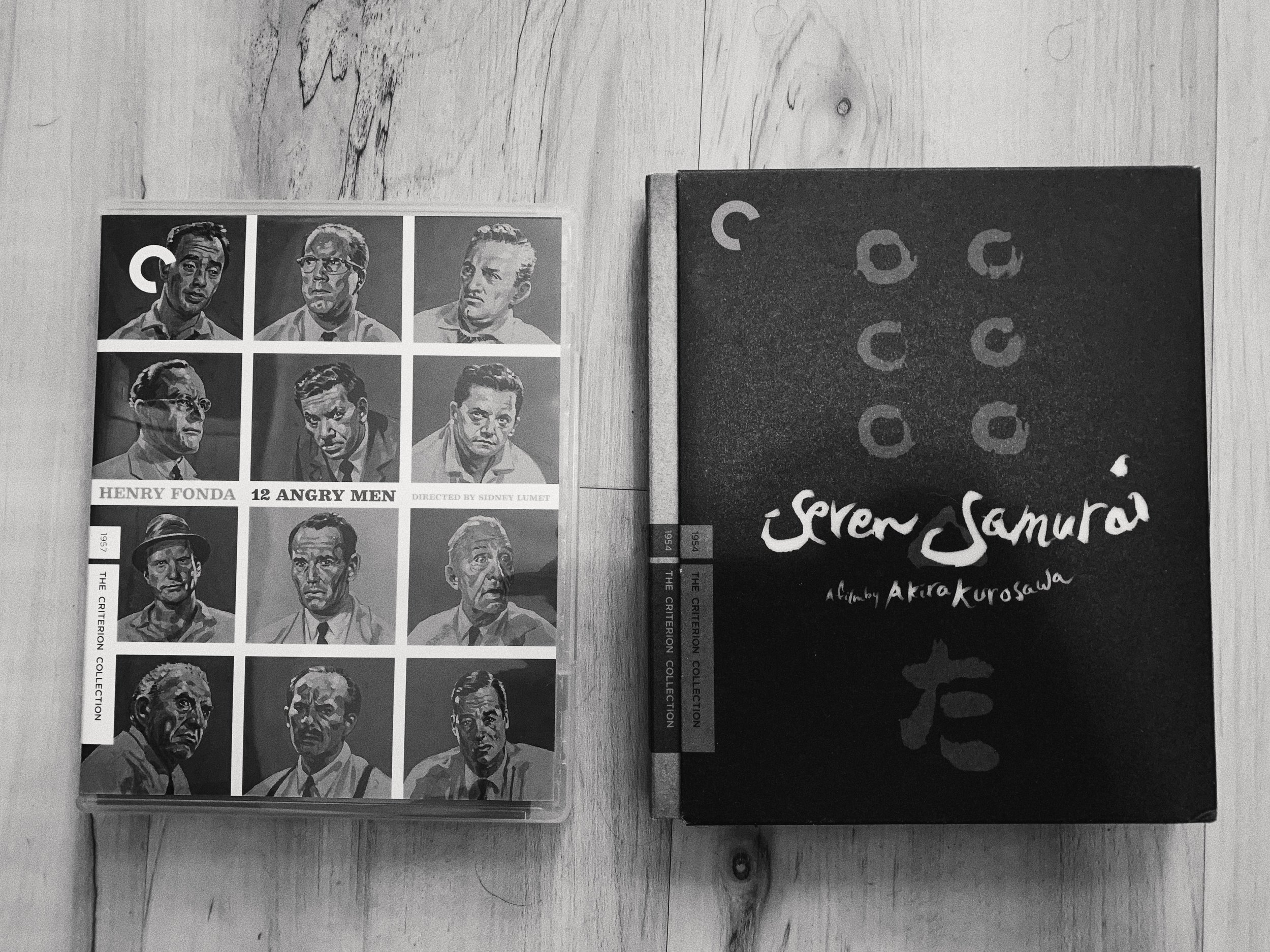I’m embarrassed to say, but last night was the first time I ever watched the Audrey Hepburn and Gregory Peck classic, “Roman Holiday”. Needless to say, I loved the film and it’s easily one I could watch many times more.
But today’s blog post isn’t a review of this film. It’s from a thought I had while watching this film last night.
Fun fact: while this film was made when technicolor was widely used, due to budget constraints and not wanting the sights of the city of Rome to overpower the movie’s two stars, Roman Holiday was shot in black and white. So ironically, while this decision was seemed to be made from limitations, it led to something wonderful: the film itself feels so magical.
What could have so easily been captured in color is instead black and white, and instead of getting distracted by singular pieces of real-world locations or backdrops, everything sits together in one singular frame, perfectly painted together. This is what allows you to fall in love with these characters and this beautiful city.
“Hey Matt, you said this wasn’t going to be a review of Roman Holiday. What gives!?”
I know, I know. Don’t worry, I just needed to set the stage a bit. The point is, in a world of color, why make any movies in black and white? Black and white was a necessity of celluloid in the past, and we’ve long discovered color, which is how we actually see the world, so why would we watch something that has a lack of it? That seems to be a common question and train of thought. I think for many, they view anything black and white as a sign of something old and boring. Some even refuse to watch anything that is filmed in black and white.
Hear me out, I love color. I love color in films and photography and such. I love shooting and editing in color. As time has gone on though, I’ve slowly begun to discover the timeless quality of black and white. I’ve discovered its world free of the distractions of color and full of its vast contrast in lighting and texture; a place where the focus is completely on feel and story. Now let me be clear, just because a film is in black and white doesn’t mean it’s good. There are bad movies across the whole history of film, but when a film is wonderfully made and is captured in black and white, just as I was reminded of with Roman Holiday, there is a magic captured that I don’t quite find anywhere else.
I don’t know how to fully put it into terms, but I guess the magic I’m referring to is that of something like a dream, and maybe that’s what I love about it. Black and white, as texture and format in storytelling, is the most dreamlike you can achieve. It becomes a romanticized feeling of dreaming through images and stories, transporting you to another world that makes you feel as though the magic of the movies has never left.
“So what’s the point of all this?” you might ask. I guess, in a world where color has been the standard for so long, and black and white is still viewed as an archaic form of film, I’d ask that you’d reconsider this position. If you haven’t already, find a film that is shot in black and white and allow its dreamlike magic to enrapture you. See how it puts the full emphasis on feel and story, and you just might find that you actually love it.
Maybe, we don’t have to view black and white as an outdated form for movies. Maybe we can see it for what I believe it actually is: one of many paintbrushes for which we can STILL use to tell a story. And maybe, just maybe, we’d see more stories today told on its canvas.
Photo Cred: Matthew Freres


